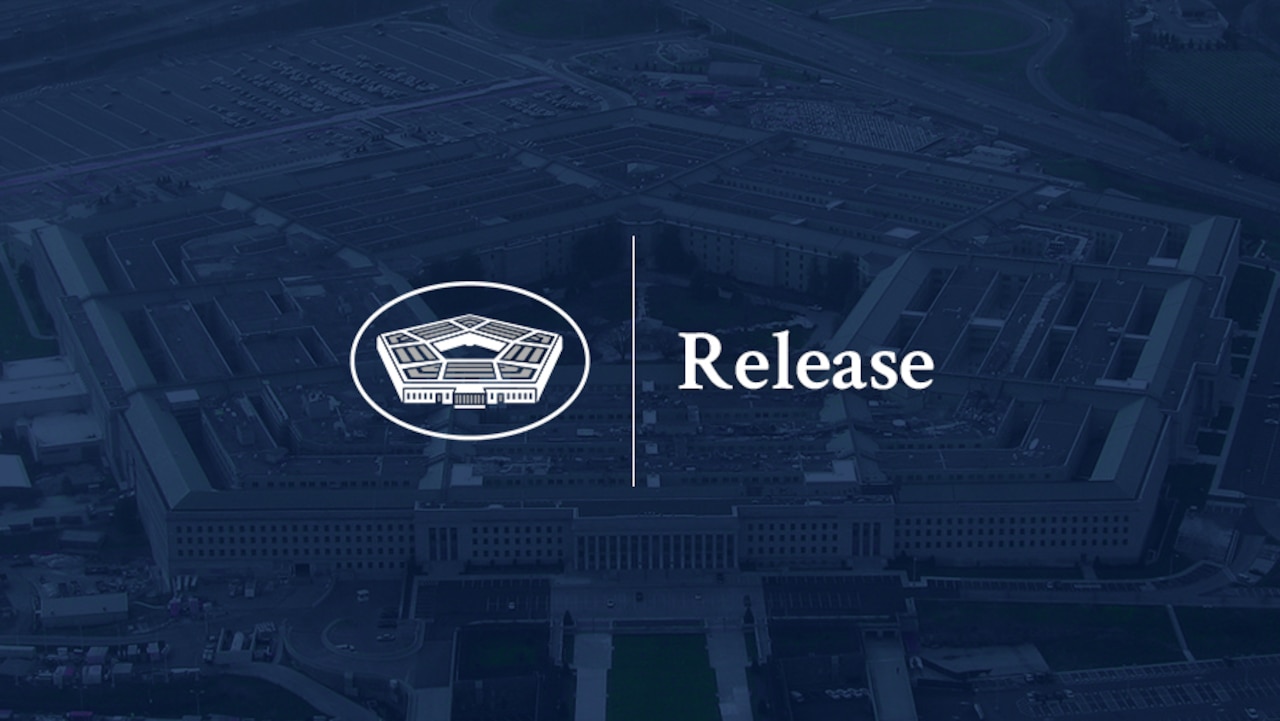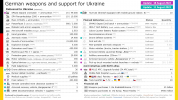The anomaly of artillery usage in the Russia-Ukraine war | Opinion
Guest author, former IDF artillery officer Zvi Koretzki, says that “the obligation to end the war lies with the stronger side and when it doesn’t, we will see a massive use of artillery that allows both sides to appear as if they are doing ‘something’, while not serving any real goal”
IsraelDefense | 22/08/2022
I will start with stating that in this article I will criticize the use of artillery in this war, by both sides, but will not support either side of this conflict. Being a military officer for many years, I believe a war is (sometimes) a necessary evil and all sides should make sure it is as short as possible and try to minimize casualties, military and civilian alike.
Since the start of the Russian Invasion of Ukraine we have witnessed massive usage of ATGMs and artillery. Talking about artillery, we saw many western countries send massive supply of artillery platforms into Ukraine, following their request and due to shortage in artillery ammunition.
Ukraine’s military is currently using almost all the available types of NATO 155mm artillery guns and the HIMARS as a guided rocket system. And the role of artillery is highlighted and praised by the Ukrainian army.
Observing the massive use of artillery in the invasion, I remembered an old article I wrote in 2014 about one of the IDF operations in the Gaza strip and the massive use of artillery in the 2nd Lebanon war in 2006, declaring that massive use of fires is not necessarily a sign of good practice but rather a sign of misuse of military power.
During the 2nd Lebanon war in 2006, the IDF fired more artillery shells then during the First Lebanon war. In 2006 there was a massive use of artillery, although the IDF maneuvered only a few kilometers with three divisions versus 1982, when they made it all the way to Lebanon’s capital city Beirut, more than 60 km away, using five divisions.
This phenomenon of using massive amounts of artillery, is visible in every armed conflict that doesn’t involve, determine and objective directed maneuvers. To explain this phenomenon, we need to understand why armies are maneuvering and what they are trying to achieve while using their forces.
There are two main conditions that can lead a country to utilizing military power. First, when trying to achieve a diplomatic/policy goal and second, when protecting their country from someone else that is trying to achieve his goals – a combination of Clausewitz's "War is the continuation of policy with other means" and Patton's "The object of war is not to die for your country but to make the other bastard die for his".
If we take this to the current war, we can say that the Russians sent their army in order to achieve some diplomatic/policy goal that was not achievable via talks and negotiations and the Ukrainians sent their army in order to prevent the Russians from achieving these goals.
As we can understand from reports and media, the next thing that happened was, that the Russian army tried to achieve its mission, the Ukrainian army defended its territory. But without any will or power to win this battle, the war entered a stage where it treaded water and where armies on both sides didn’t have a plan on how to win their mission and an attrition war started, resulting with firing of ten of thousands of shells by both sides
At this stage armies don’t maneuver and if they do, it is minimal, close range and short maneuvers, mainly to destroy micro-tactical threats and to flex their muscles.
Because nothing happens in the battlefield at this stage, the vacuum, crated by the non-maneuvering forces, is filled with non-line-of-sight artillery fire.
The ease of using this and the low personal risk while using artillery, leads to inefficient and sometimes wasteful use of this fire. In some places it even leads to expressive use of fires (the use of artillery fire, or military force, not in order to achieve a military mission in an instrumental way but rather as a way to express anger or national feelings).
I am not referring to an individual soldier firing around but to a political decision to "do something" in retaliation or an act of governments needing to present some "we are doing something in retaliation for this terror attack" while not really trying to achieve something productive with this show of force.
Now let’s talk about the moral side. I am sure it will sound strange to many readers, but one of the moral missions of the strong side in a war is to win the war and dictate the losing side the terms of surrender.
Fighting LICs (low intensity conflicts) with terror organizations in the last decades have faded this insight. If the strong side doesn’t use its power to end the war, be assured that the weak side will make sure it goes on forever... and wars that go on forever are a bad thing because they prolong suffering and lead to the loss of lives on both sides.
Therefore, the obligation to end the war lies with the stronger side and when it doesn’t do it, we will see massive use of artillery that allows both sides to look as if they are “doing something”, while not serving any real goal.
And now for artillery. The main use of artillery should be to supply close support for the maneuvering element and to destroy targets that are supporting the ability of the enemy to control and support these maneuvers.
When there is no maneuvering, the artillery becomes the only thing that an army can do in order to look as if he is doing something- it is cheap, easy to use, doesn’t risk lives… a perfect weapon for a lazy warlord.
We can understand the massive use of artillery in the Russia-Ukraine war as follows:
- The Russians have no will to end this war - although it's their moral obligation.
- The Ukrainians cannot defeat the Russians.
- Becoming an attrition war, RIU sees massive use of inefficient artillery fire used, partly, as an expressive use of military force.
- The continuous flow of artillery platforms and ammunition will prolong the RIU and provide the armies with the ability to display an irrelevant use of force and continue a never-ending attrition war.
If the Ukrainians have a plan on how to emerge victorious from this war, I suggest they execute it – for if they don’t, we must remember that the Russians have way more artillery and ammunition so that continuation of the war will result in more flattened cities – not sure it will be a victory even if the Russian will end up leaving Ukraine.
One final point. War is a tragedy. I would be happier if the West had been supplying the Ukrainians more maneuvering platforms, allowing them to counterattack and end the war, and then, artillery platforms to support these maneuvering efforts. Being an artillery officer, I think we should look at this massive use of artillery as it is, a massive ineffective use of this capability.
The now-cheering artillery officers that are rebuilding their confidence in long range, statistic fire, should be careful in implementing RIU artillery lessons for it will, eventually, rebound on them, when everybody will discover that this massive use of artillery gave birth to a colossal nothing.
Written by Zvi Koretzki, a former IDF artillery officer













